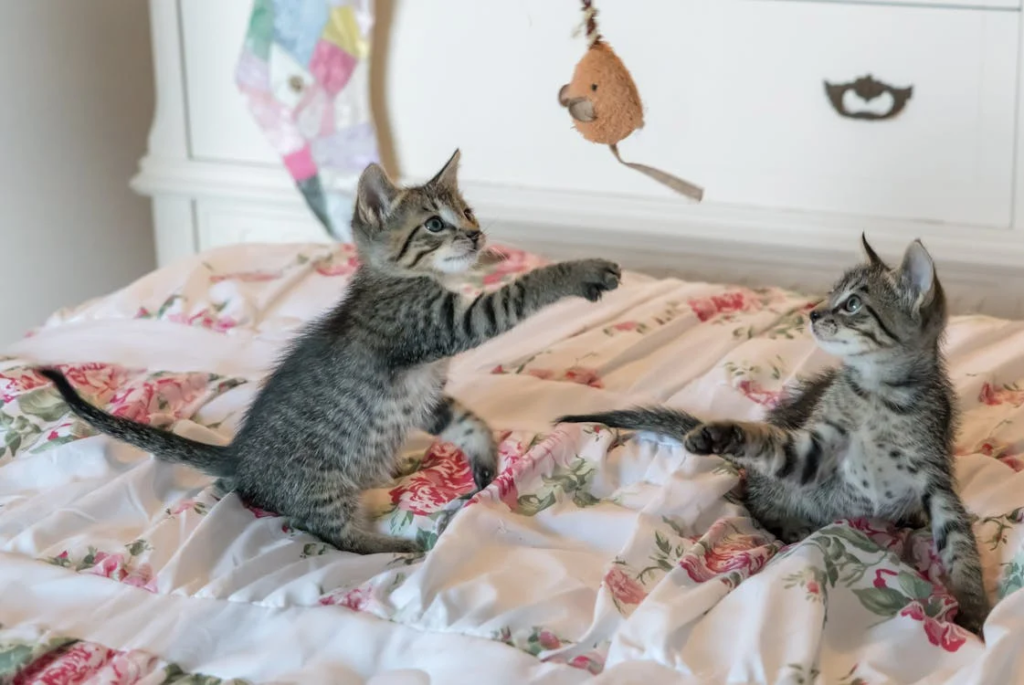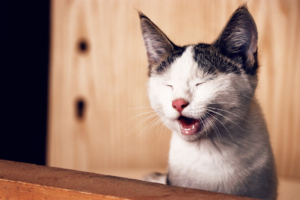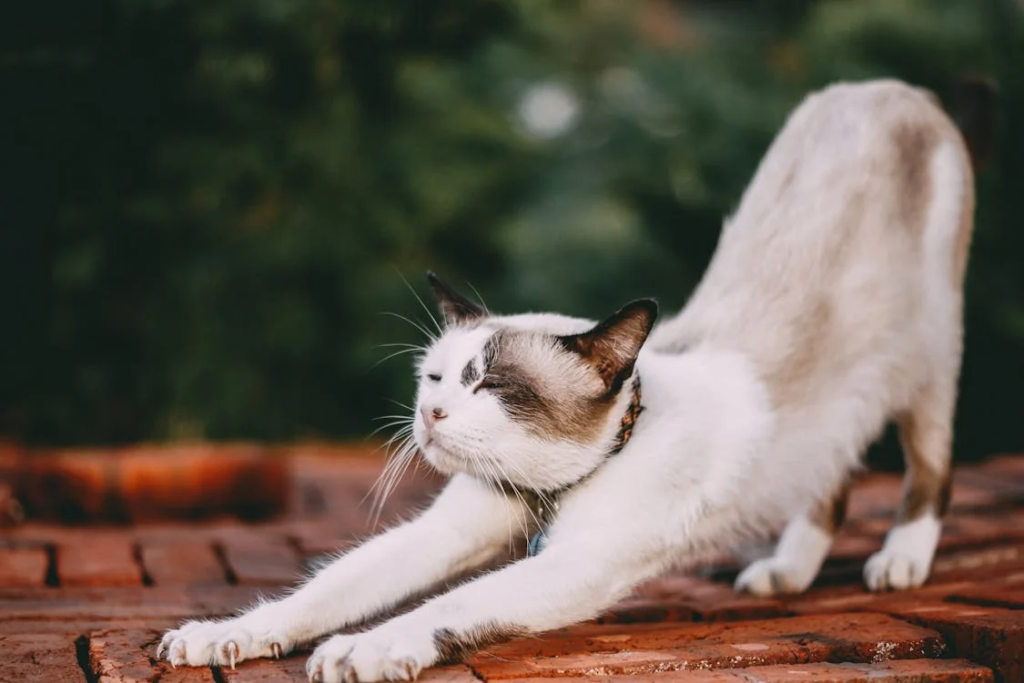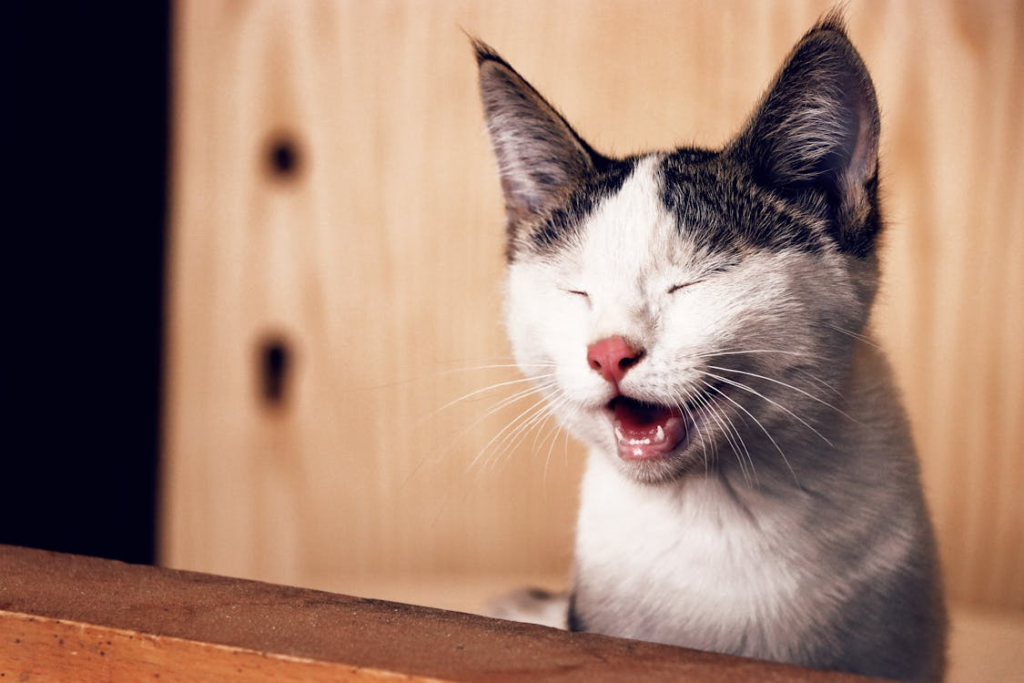Introduction:
As a cat owner, you’ve likely encountered the unpleasant surprise of a hairball on your floor. But did you know that cat hairball vomit could be a sign of something more serious? In this eye-opening article, we’ll explore seven shocking truths about cat hairball vomit that every pet parent needs to know. From understanding the causes to recognizing when it’s time to worry, we’ll equip you with the knowledge to keep your furry friend healthy and happy. Don’t let hairballs pull the wool over your eyes, read on to discover the hidden dangers lurking in your cat’s digestive system.
- The Hairy Truth: It’s More Common Than You Think
Believe it or not, hairballs are a regular part of a cat’s life. In fact, studies show that up to 10% of cats experience hairball-related issues at least once a week! This staggering statistic highlights just how prevalent this issue is in our feline friends. But why does it happen so frequently?
Cats are meticulous groomers, spending up to 50% of their waking hours licking and cleaning their fur. While this keeps them looking pristine, it also means they ingest a significant amount of hair. Most of this hair passes through their digestive system without issue, but sometimes it accumulates, leading to those infamous hairballs.
- The Color Code: What Your Cat’s Hairball Vomit Is Telling You
Not all hairballs are created equal. The color of your cat’s hairball vomit can provide crucial clues about their health:
- Light brown or gray: This is typically normal and consists mainly of hair and digestive fluids.
- Green or yellow: This could indicate bile in the vomit, suggesting the hairball has been in the stomach for a while.
- Red or pink: This might contain blood and requires immediate veterinary attention.
- White and foamy: This could be regurgitated food or stomach acid, possibly indicating more frequent vomiting than you’ve noticed.
Understanding these color variations can help you determine when it’s time to seek professional help.
- The Frequency Factor: When Normal Becomes Abnormal
While occasional hairballs are normal, frequent vomiting is not. If your cat is producing hairballs more than once a week, it’s time to take action. Excessive hairball production can lead to:
- Dehydration
- Nutrient deficiencies
- Esophageal damage
- Intestinal blockages
Don’t ignore frequent hairballs – they could be a cry for help from your feline friend.
- The Hidden Dangers: When Hairballs Become Life-Threatening
In rare cases, hairballs can cause severe complications. If a hairball becomes too large to pass through the digestive tract, it can lead to a potentially fatal intestinal blockage. Signs of a blockage include:
- Persistent vomiting
- Loss of appetite
- Lethargy
- Constipation or diarrhea
If you notice these symptoms, seek veterinary care immediately. Early intervention can be the difference between life and death for your beloved pet.
- The Grooming Connection: Prevention Is Better Than Cure
Regular grooming is your first line of defense against hairballs. By brushing your cat daily, you can remove loose fur before they ingest it. This simple act can reduce hairball formation by up to 75%! Plus, it’s a great bonding opportunity for you and your feline friend.
Consider these grooming tips:
- Use a brush suited for your cat’s coat type
- Groom in the direction of hair growth
- Make grooming a positive experience with treats and praise
6. The Diet Dilemma: Food That Fights Hairballs
Did you know that certain foods can help reduce hairball formation? High-fiber diets can aid in moving hair through the digestive tract more efficiently. Some cat foods are specifically formulated to combat hairballs, containing ingredients like:
- Psyllium husk
- Beet pulp
- Cellulose
Consult with your veterinarian to find the best hairball-prevention diet for your cat.
- The Hydration Solution: Water’s Role in Hairball Prevention
Adequate hydration is crucial in preventing hairballs. Water helps lubricate the digestive tract, making it easier for hair to pass through. Unfortunately, many cats don’t drink enough water. Try these tricks to increase your cat’s water intake:
- Use a cat water fountain
- Provide multiple water bowls throughout your home
- Add water to your cat’s wet food
A well-hydrated cat is less likely to suffer from hairball-related issues.
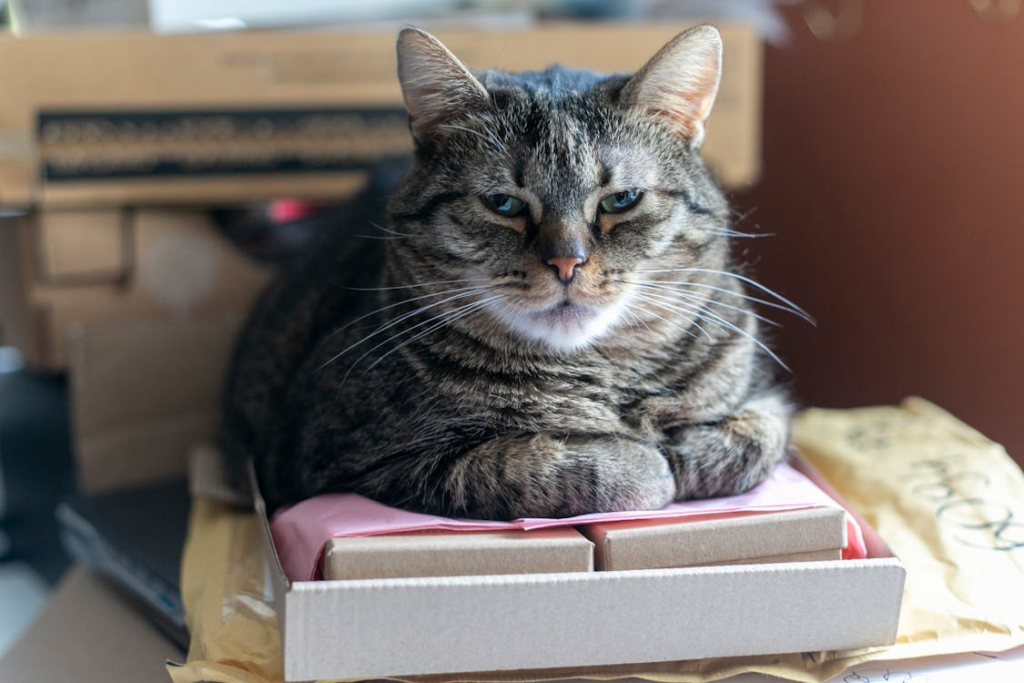
FAQ: Tackling Your Top Hairball Questions
Q: Can indoor cats get hairballs?
A: Absolutely! Indoor cats are just as prone to hairballs as outdoor cats, sometimes even more so due to increased grooming time.
Q: Are some cat breeds more prone to hairballs?
A: Yes, long-haired breeds like Persians and Maine Coons are more susceptible to hairballs due to their abundant fur.
Q: Can hairballs cause weight loss in cats?
A: Frequent hairballs can lead to decreased appetite and nutrient absorption, potentially causing weight loss over time.
Q: Are there any natural remedies for cat hairballs?
A: Some pet owners find success with small amounts of canned pumpkin or specially formulated hairball gels. Always consult your vet before trying home remedies.
Q: How can I tell the difference between a hairball and regular vomit?
A: Hairballs typically have a tubular shape and contain visible hair. Regular vomit is more liquid and may contain partially digested food.
Conclusion:
Understanding cat hairball vomit is crucial for every cat owner. While it’s a common occurrence, frequent hairballs can signal underlying health issues that shouldn’t be ignored. By recognizing the signs, maintaining proper grooming habits, and providing a balanced diet, you can significantly reduce your cat’s hairball troubles.
Remember, your cat relies on you to keep them healthy and happy. Don’t brush off hairballs as a mere inconvenience, they could be your cat’s way of telling you something’s wrong. Stay vigilant, act promptly, and always consult with your veterinarian when in doubt. With the right knowledge and care, you can help your feline friend live a hairball-free, purr-fectly healthy life!
You can also learn more about cat hairballs here.
